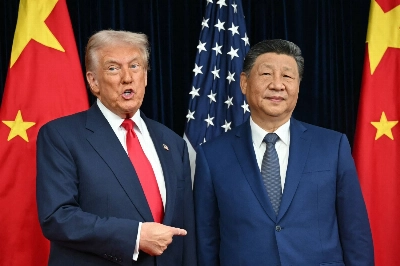The biggest loser in the 2016 presidential election in the United States was neither Hillary Clinton nor the Democratic Party. It was free trade.
Both president-elect Donald Trump and Clinton, the Democratic Party nominee, declared their opposition to the Trans-Pacific Partnership during the campaign. It was perhaps the first time since the Great Depression of the 1930s that both the Democratic and Republican presidential candidates embraced a protectionist agenda.
Something is changing deep within American society. There is a growing sense of alienation among many Americans who feel that their interests are no longer represented or protected by the political class. They are concerned that the free flow of foreign goods threaten their jobs, and subject their livelihoods to the harsh vicissitudes of the outside world.
















With your current subscription plan you can comment on stories. However, before writing your first comment, please create a display name in the Profile section of your subscriber account page.